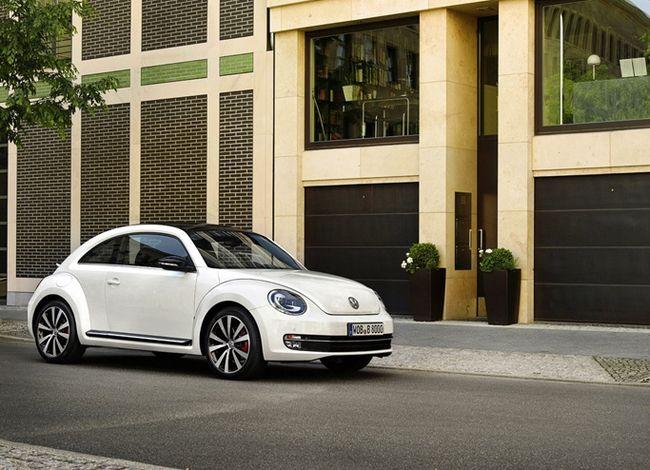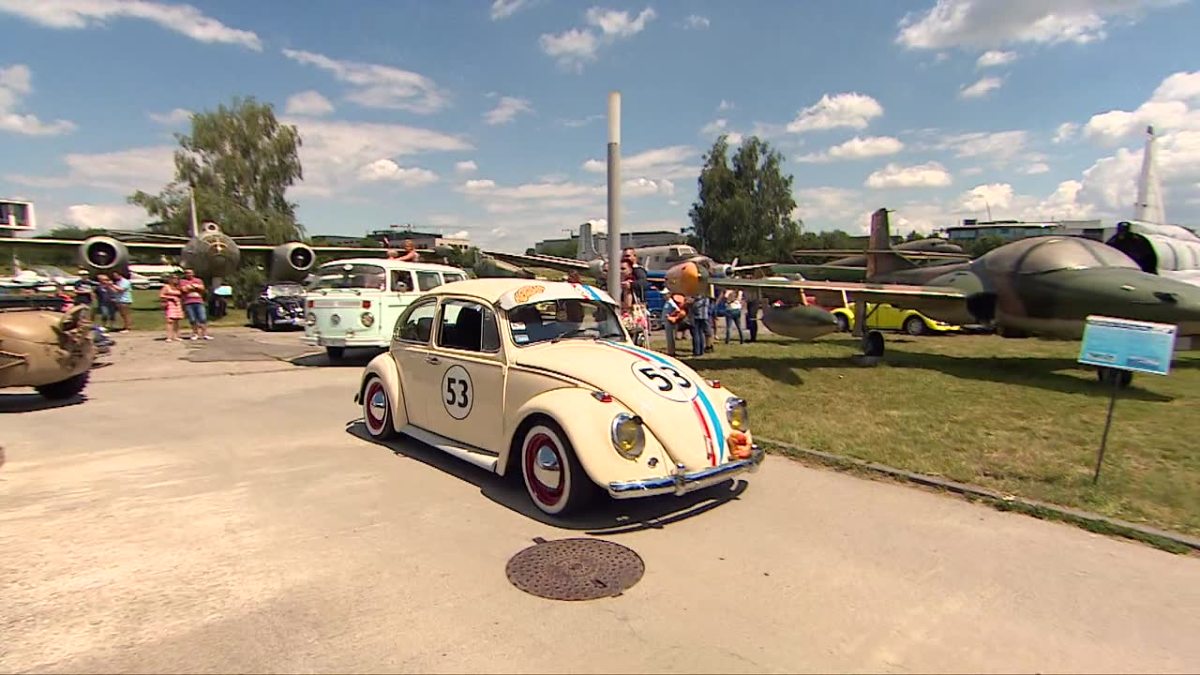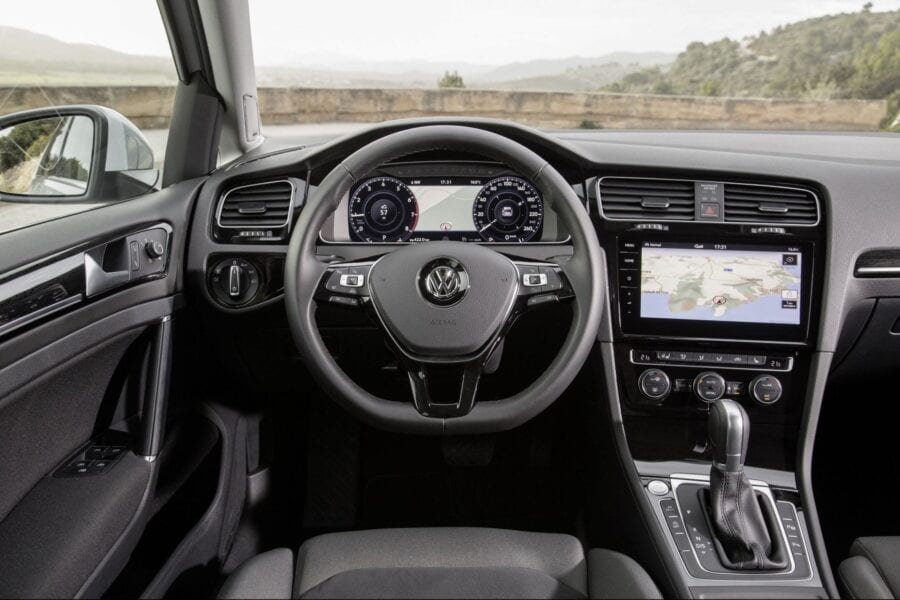
Volkswagen Beetle. The legend lives on
 The 2016 European VW Beetle Enthusiast Rally “Garbojama XNUMX” took place in Budzyn near Krakow. Traditionally, the event, organized by the Garbate Stokrotki club, was attended by owners of iconic cars from all over the continent.
The 2016 European VW Beetle Enthusiast Rally “Garbojama XNUMX” took place in Budzyn near Krakow. Traditionally, the event, organized by the Garbate Stokrotki club, was attended by owners of iconic cars from all over the continent.
Since the late 40s and early 80s, the unique sound of the "Beetle" was heard on all roads in Germany. But not only there, the air-cooled boxer engine played the first fiddle in a concert that was held for many other markets. “What the world loves about Germany” is the headline of the legendary Volkswagen ad from the late 60s by Doyle Dane Bernbach (DDB). Under the heading was a selection of color photographs: Heidelberg, cuckoo clocks, sauerkraut and dumplings, Goethe, dachshund, Lorelei rock—and Crooked Man. And it really was: the Beetle was Germany's ambassador to the world - sound, design and exceptionally good looks. For decades, it was the most popular imported car in the US.
The history of the Beetle began on January 17, 1934, when Ferdinand Porsche wrote The Revealing of the Creation of the German People's Car. In his opinion, it should be a complete and reliable machine with a relatively lightweight design. It must accommodate four people, reach a speed of 100 km/h and climb slopes of 30%. However, before the Great Patriotic War, it was not possible to launch mass production.
It started only in December 1945 with the assembly of 55 vehicles. The VW employees had no idea that they were starting a success story. However, already in 1946, the first milestone was set: the 10th Volkswagen was built. For the next three years, restrictions and external events hampered the development of the factories. Sale to private individuals was prohibited. The lack of coal led to the temporary closure of the plant in 1947. However, already in 1948, the brigade numbered 8400 people and almost 20000 vehicles were produced.
In 1974, production of the Beetle ceased at the plant in Wolfsburg, and in 1978 in Emden. On January 19, the last car was assembled in Emden, which was supposed to be delivered to the Automobile Museum in Wolfsburg. As before, great demand in Europe was satisfied first by the "Beetles" from Belgium, then Mexico. A year later, on January 10, 1979, the last Beetle convertible with the number 330 left the gates of the Karmann factory in Osnabrück. In Mexico, in 281, another record was set in the history of the company: on May 1981, the 15 millionth Beetle rolled off the assembly line in Puebla. Due to high demand, after a price reduction of 20%, the production of Beetles in three shifts was started in 1990. In the same year, the one millionth Beetle was produced at the VW de México plant.
In June 1992, the Beetle broke an exceptional production record. The 21 millionth copy rolled off the assembly line. The Mexican subsidiary of VW constantly modified the Beetle technically and optically, allowing it to enter the 2000th century. In 41 alone, 260 cars left the factory, and around 170 were assembled daily in two shifts. In 2003, production began to end. The Última Edición, unveiled in Puebla, Mexico in July, ended the entire development cycle and thus the automotive era of the Beetle. As a true citizen of the world, the Beetle was not only sold in almost all countries on all continents, but also produced in a total of 20 countries.
The Crooked Man was ahead of the demands and progress of modern times. For millions of people, a car with a VW emblem on the steering wheel was the first car they came into contact with during a driving course. Millions of people bought the Beetle as their first car, new or used. The current generation of drivers know him as a good friend, but already enjoy the technical solutions brought by the new automotive era.
